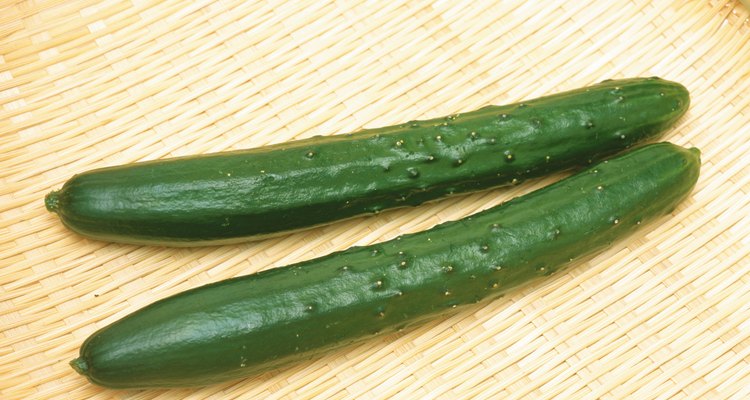
GYRO PHOTOGRAPHY/amanaimagesRF/amana images/Getty Images
Calcium D-glucarate is the calcium component of D-glucaric acid, found in fruits and vegetables. D-glucaric acid is believed to inhibit the action of the enzyme beta-glucuronidase, which is associated with an increased risk of hormone-sensitive cancers such as breast, prostate, ovarian and colon cancers.
Research indicates populations that consume large amounts of fruits and vegetables have a lower incidence of cancer. D-glucaric acid has been isolated and tested in animals for its promising effects in cancer prevention and possible cholesterol lowering capabilities; however, no studies on the safety of D-glucaric acid or calcium D-glucarate in humans have been published. Dietary sources of calcium D-glucarate include a number of popular fruits and vegetables:
Cruciferous vegetables (Brassicaceae)
Mustard greens, cabbages, broccoli, cauliflower and brussels sprouts
Legumes (Leguminosae)
Beans such as black beans, black-eyed peas, cannellini beans, chickpeas, edamame, northern beans, kidney beans, lentils, lima beans, pinto beans and white beans
Squash and Melons (Cucurbitaceae)
Cucumbers, squashes, pumpkins, cantaloupe, honeydew and watermelons
Stone Fruit (Rosaceae)
Apples, pears, peaches, apricots, cherries, plums, almonds, strawberries, raspberries and blackberries
Citrus Fruit (Rutaceae)
Oranges, lemons, limes and grapefruit
Related Articles

Can Age Spots Be Reversed?
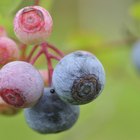
Nutrition Information on Blueberries
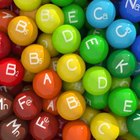
What Vitamins Help the Liver?

Food Sources of Phosphatidylcholine

Benefits of Shea Butter and Coconut Oil ...

Calories in One Slice Provolone Cheese

How Many Calories Are in Peanut M&Ms?
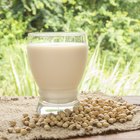
Fiber in Soybeans

Skin Benefits of Eating Coconut Oil
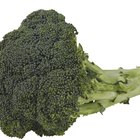
What Vegetables Have Citric Acid?

Essential Enzymes for Hair Growth

Different Types of Fruits & Vegetables

Good Marinade for a Chicken & Steak ...
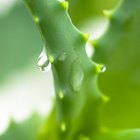
Aloe Ferox Benefits

List of Retinoids

What Are the Ingredients in Proactiv?

Skin Care Products That Contain ...
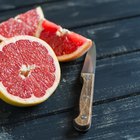
What Are the Benefits of Grapefruit for ...
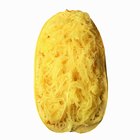
How Fast Does Cooked Spaghetti Squash ...

How to Freeze Tzatziki
References
Resources
Writer Bio
Jaime Harder Caldwell has been a food writer and recipe developer for five years. Her work has appeared in "Cooking Light," "Health," "Weight Watchers," CNN.com and MyRecipes.com. She holds a Bachelor of Science in nutrition from Auburn University, a Culinary Arts degree from the Institute for Culinary Education and a Master of Science in food studies from New York University.
Photo Credits
GYRO PHOTOGRAPHY/amanaimagesRF/amana images/Getty Images